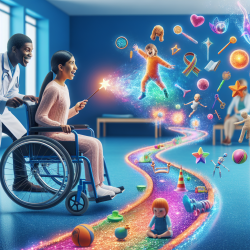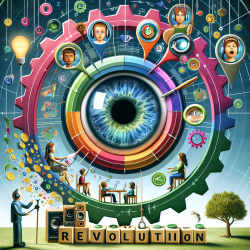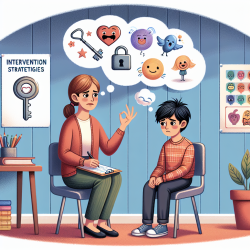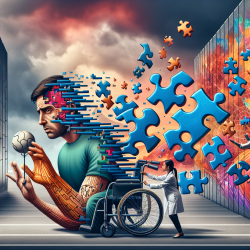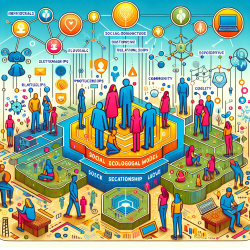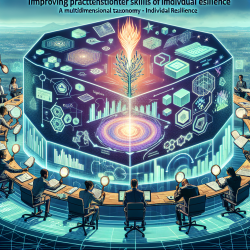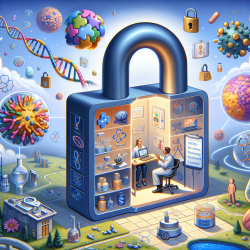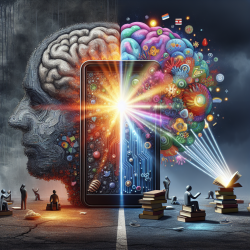The journey of improving therapeutic outcomes for children with unilateral spastic cerebral palsy (USCP) often involves innovative approaches that extend beyond traditional methods. One such intervention, the Breathe Magic programme, has shown promising results. This blog post delves into the mechanisms of change behind this magic-themed hand-arm bimanual intensive therapy (HABIT) programme, as presented in the research article "Identifying mechanisms of change in a magic-themed hand-arm bimanual intensive therapy programme for children with unilateral spastic cerebral palsy: a qualitative study using behaviour change theory."
Understanding Breathe Magic
Breathe Magic combines the principles of HABIT with the engaging and novel approach of teaching magic tricks. The programme aims to improve the motor skills and bimanual abilities of children with USCP by incorporating fun, interactive activities that foster both physical and psychological development.
Mechanisms of Change
According to the study, Breathe Magic brings about positive outcomes through various mechanisms categorized under the COM-B behaviour change model, which includes Capability, Opportunity, and Motivation.
Capability
- Physical Capability: The programme enhances children's ability to perform day-to-day tasks independently, such as tying shoelaces or using their affected hand more effectively.
- Psychological Capability: Breathe Magic helps children develop better emotional regulation and independence.
Opportunity
- Physical Opportunity: The intensive two-week camp followed by bi-monthly clubs provides a structured environment that supports sustained practice and engagement.
- Social Opportunity: The programme fosters new friendships, team spirit, and peer support, which are crucial for the social integration of children with USCP.
Motivation
- Reflective Motivation: Participation in Breathe Magic boosts self-confidence, self-esteem, and determination among children, making them more willing to engage in new activities and challenges.
- Automatic Motivation: The fun and engaging nature of learning magic tricks reduces frustration and enhances positive feelings, making therapy feel less like a chore and more like an enjoyable activity.
Enablers and Barriers
The study also identified several enablers and barriers to engagement. Key enablers include the positive social environment, the structured follow-up sessions, and the supportive role of parents. However, barriers such as fatigue from the intensive programme and logistical challenges related to location and cost were also noted.
Implications for Practitioners
For practitioners, understanding these mechanisms can help in designing and implementing more effective therapeutic interventions. Incorporating elements that enhance both physical and psychological capabilities, provide social opportunities, and foster motivation can lead to better outcomes. Additionally, addressing barriers such as fatigue and logistical challenges can improve engagement and sustainability of the programme.
In conclusion, the Breathe Magic programme offers a unique and effective approach to therapy for children with USCP. By understanding the mechanisms of change, practitioners can better support their patients and create more impactful therapeutic experiences.
To read the original research paper, please follow this link: Identifying mechanisms of change in a magic-themed hand-arm bimanual intensive therapy programme for children with unilateral spastic cerebral palsy: a qualitative study using behaviour change theory.
